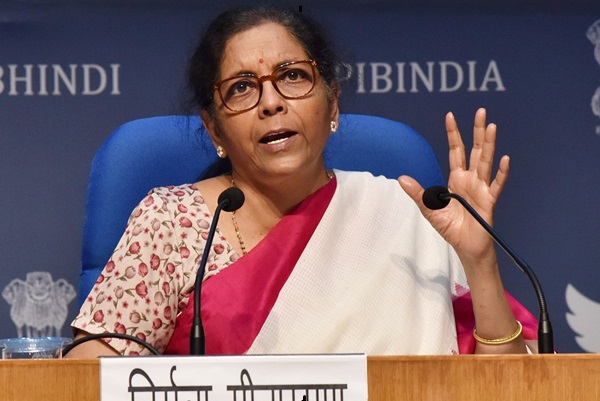.png)
May 14, 2025 at 10:10 AM IST
Tata Motors Ltd. reported a consolidated net profit of ₹84.7 billion for the March quarter, down 51% on year, but ahead of the street estimate of ₹72 billion. Despite higher tax expenses and a one-time cost of ₹5.66 billion, the bottom line remained resilient. Revenue for the quarter came in at ₹1.195 trillion, flat on year and slightly below expectations of ₹1.221 trillion.
The company’s automotive business became debt-free as of March 31, supported by strong cash flows. Tata Motors ended the quarter with a net cash balance of ₹10 billion and expects lower interest costs going forward.
Segment Performance Weak; CV, PV Volumes Fall
In India, Tata Motors sold 99,600 commercial vehicles in the March quarter, down 4.8% on year, while passenger vehicle volumes declined 5.5% to 147,000 units. CV revenue dropped marginally to ₹214.9 billion, while PV revenue declined 13% on year to ₹125.4 billion.
Consolidated EBITDA fell 4.1% on year to ₹167 billion, with the margin narrowing by 60 bps to 14%. The company attributed the margin pressure to lower volumes and reduced operating leverage, although it was partly offset by improved profitability in commercial vehicles and lower interest and depreciation costs at JLR.
JLR remains key driver with decade-high profit
Jaguar Land Rover, which accounts for over 70% of Tata Motors' top line, reported revenue of £7.7 billion for the quarter, down 1.7% on year. However, profit before tax rose over 32% on year to £875 million. For 2024-25, JLR posted its highest pre-tax profit in a decade at £2.5 billion, up 15% on year.
JLR’s EBIT margin improved 150 bps to 10.7%, though EBITDA margin fell 100 bps to 15.3%. For the full year, JLR reported revenue of £29 billion with an EBIT margin of 8.5% and EBITDA margin of 14.3%.
JLR said it would maintain investment spending at £18 billion over five years, funded through internal accruals. CEO Adrian Mardell highlighted strong sales, progress on electrification, and the impact of lower US tariffs on UK auto exports.
Commercial Vehicles Post Record Annual Profit
Despite a near 5% revenue dip to ₹75.1 billion in 2024-25, Tata Motors’ commercial vehicles segment reported its highest-ever annual profit of ₹66 billion. EBITDA margin rose 20 bps to 12.2% and EBIT margin improved by 10 bps to 9.7% in January-March.
The company launched over 44 products and 139 variants during the year and expects continued growth supported by stable fleet utilisation and macroeconomic indicators. It is closely tracking government infra spending and will focus on a smooth transition to AC regulation in trucks.
Passenger Vehicle Revenue, EBIT Margin Fall
The passenger vehicle business saw revenue shrink 13% on year to ₹125.4 billion in January-March. EBIT margin fell 130 bps to 1.6% due to weak volumes and realisation, but EBITDA margin improved 60 bps to 7.9%.
For 2024-25, PV revenue dropped 7.5% on year to ₹484 billion. Profit before tax for the year was ₹11 billion. EBIT margin fell 110 bps to 0.9%, while EBITDA margin rose 40 bps to 6.9%. SUVs, CNG, and EVs will continue to be the segment's growth drivers.
Group Outlook And Dividend
Tata Motors' consolidated net profit for 2024-25 declined to ₹278.3 billion from ₹314 billion a year earlier. Full-year revenue was ₹4.397 trillion. Free cash flow stood at ₹224 billion, lower than ₹269 billion in 2023-24, due to working capital changes.
Finance costs for 2024-25 dropped to ₹50.83 billion, down ₹25.1 billion from 2023-24, helped by a reduction in gross debt. Income from JVs and associates declined to ₹2.88 billion from ₹7 billion. Other income stood at ₹27.69 billion.
The board recommended a final dividend of ₹6 per share for 2024-25.
While the company maintained a strong operational profile, it flagged uncertainties in the operating environment due to tariffs and geopolitical risks.



